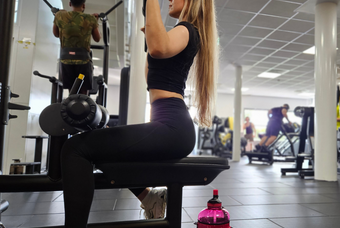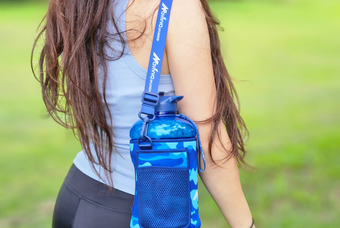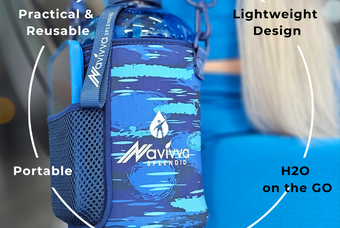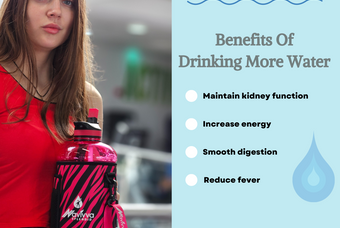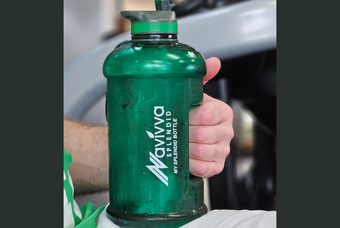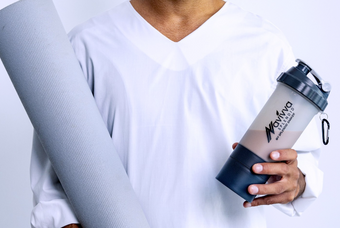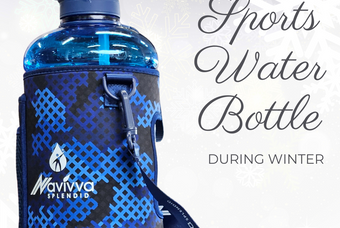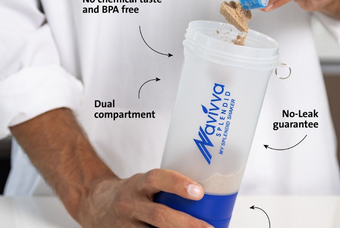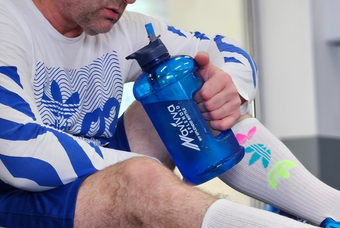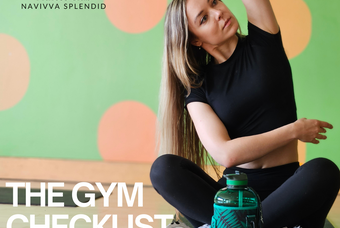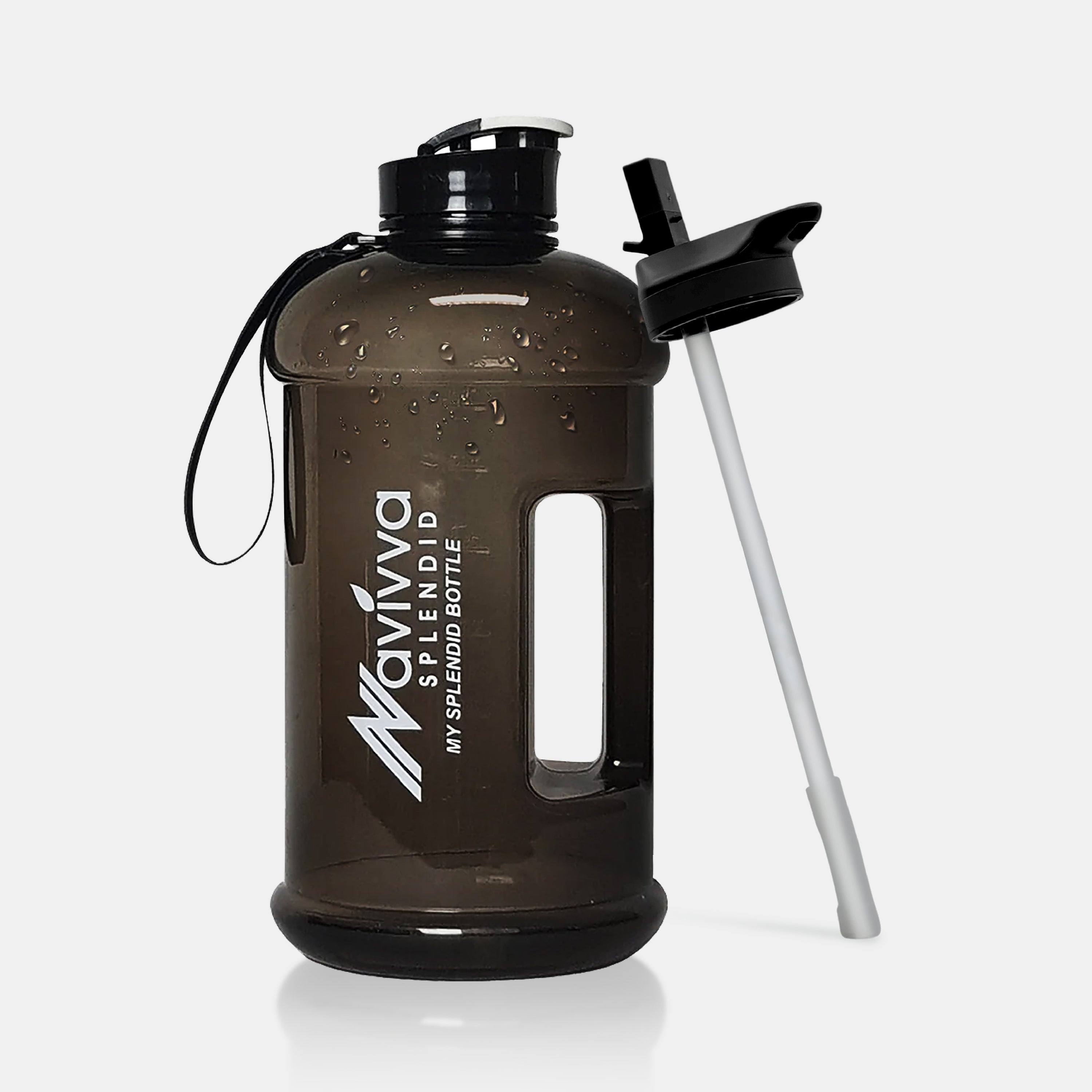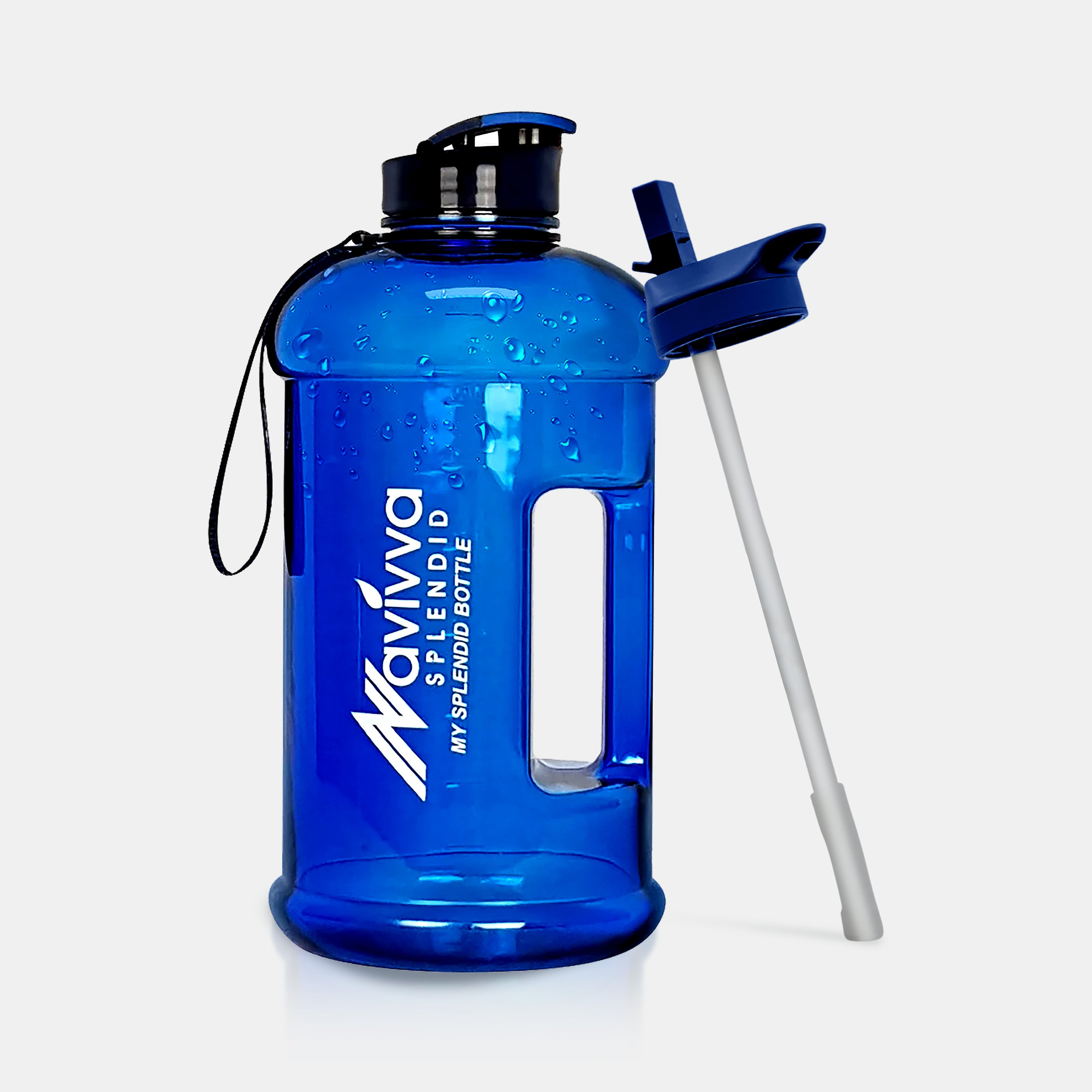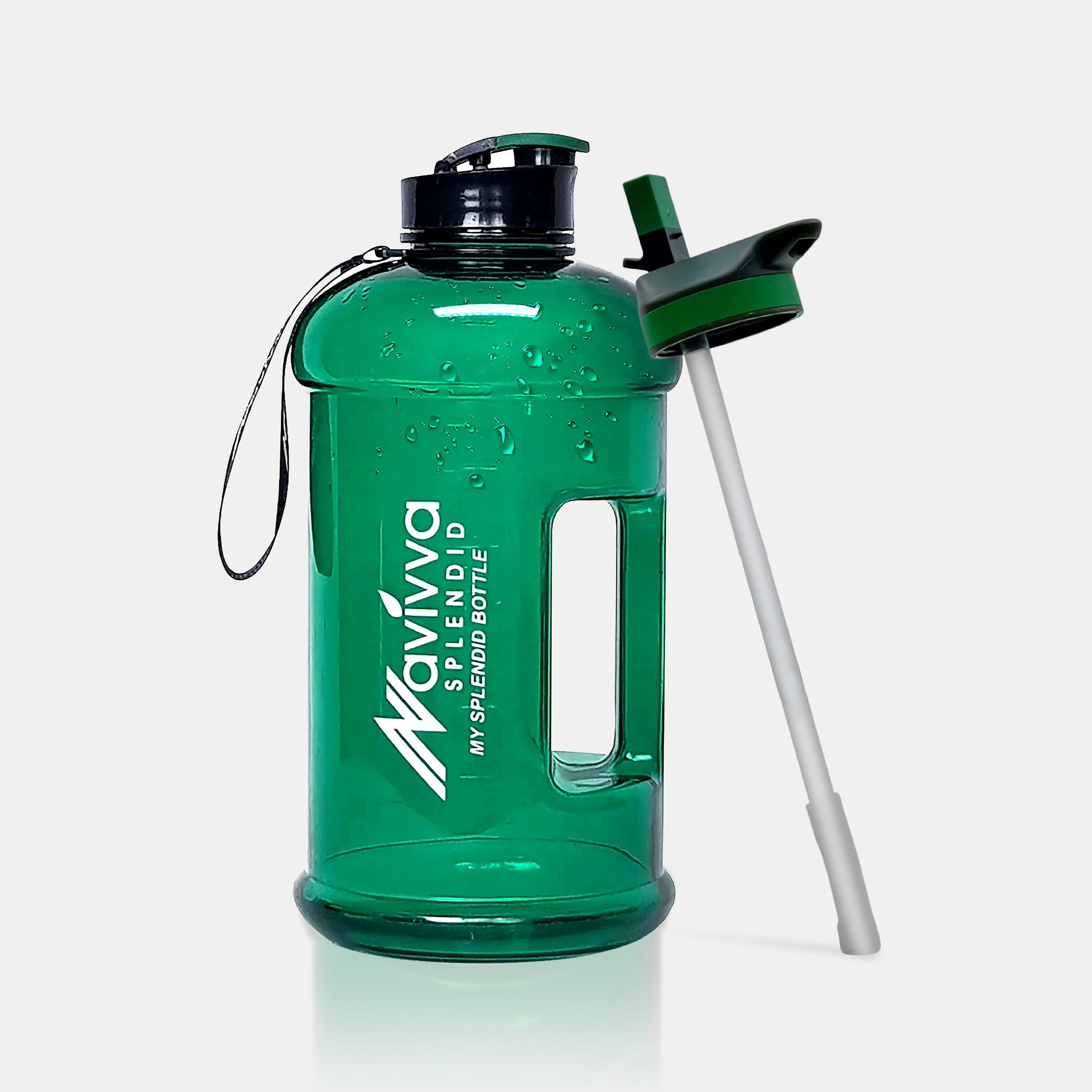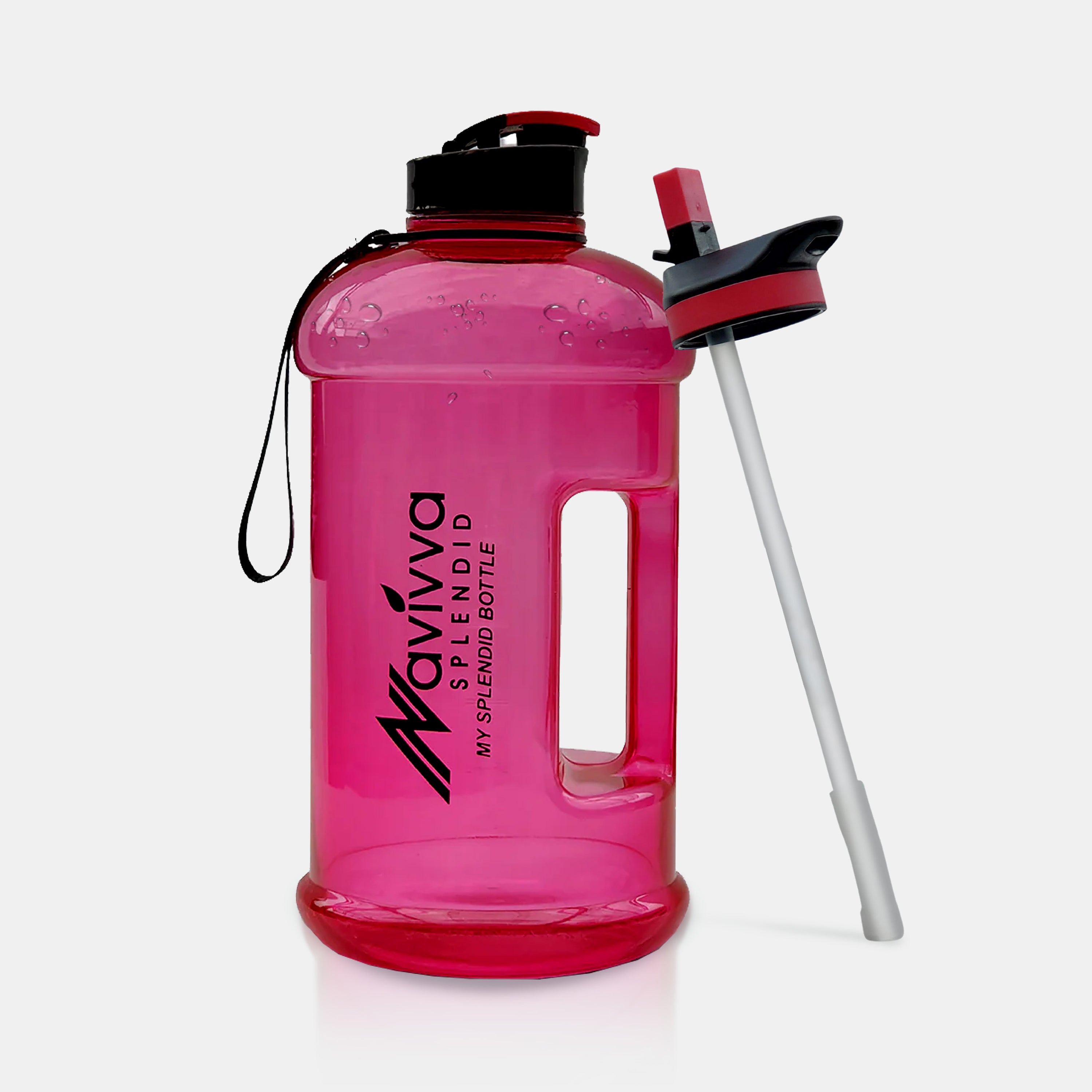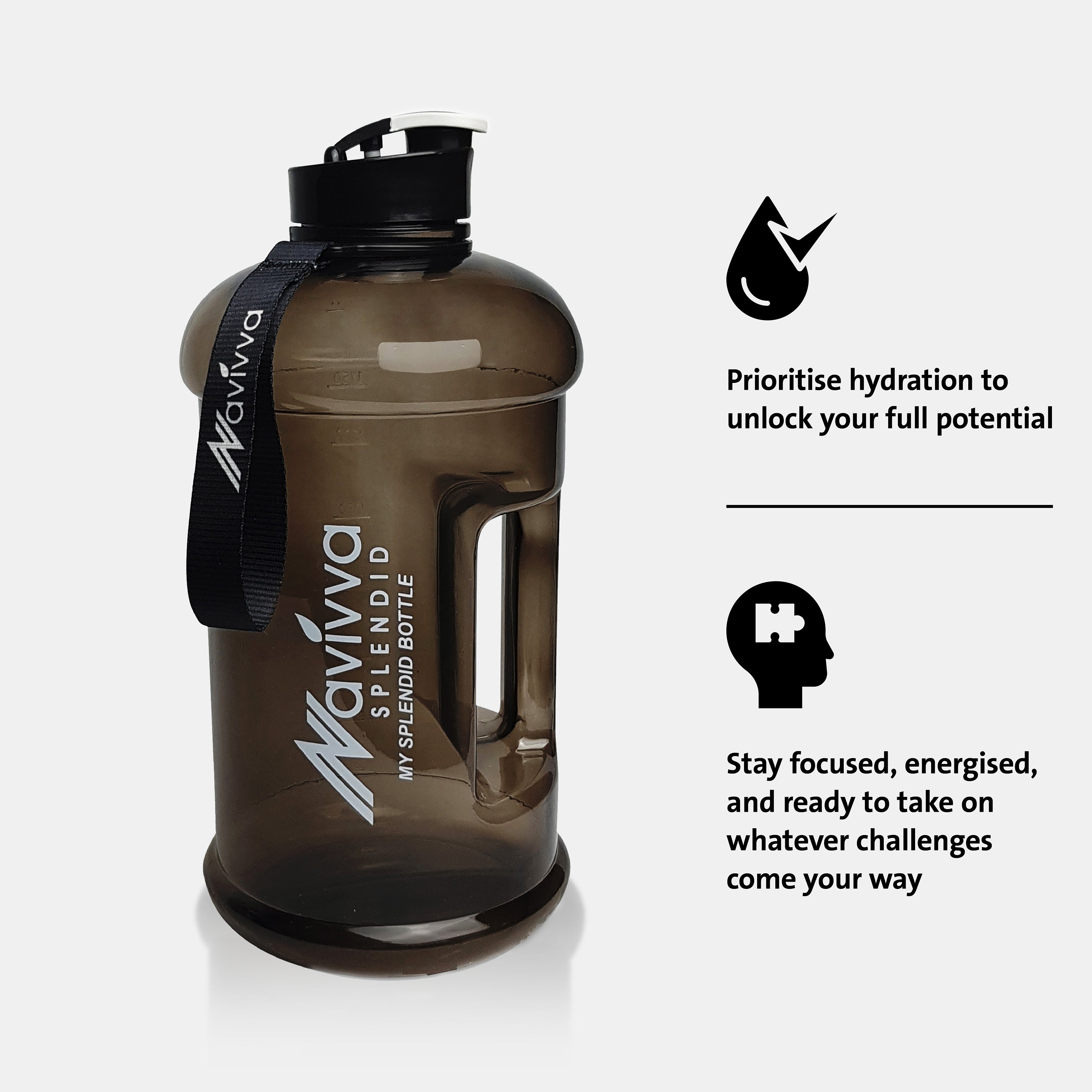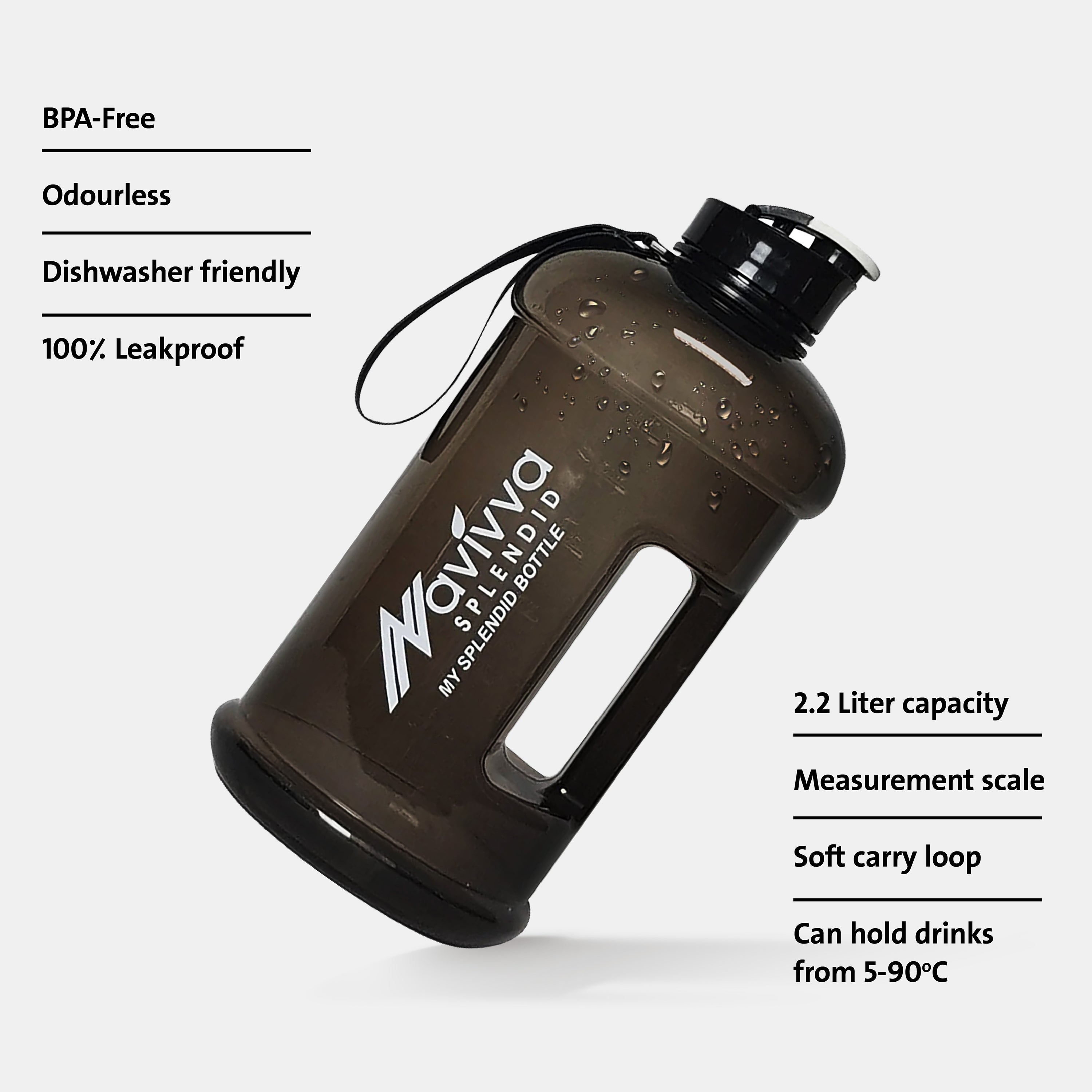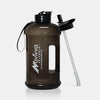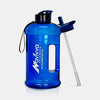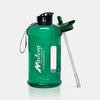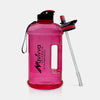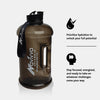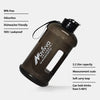When it comes to buying a brand new water bottle, there’s a surprising amount that you’ll need to consider. It’s not just a case of working out your ideal shape and volume anymore; you’ll also need to consider the type of material used. Luckily, if this is something that’s been leaving you feeling lost, there are a few things you can look for — and one of the most popular features in terms of material choice is a BPA-free material.
What is BPA?
Before we go any further, it’s potentially helpful to first clarify what BPA actually is. BPA stands for Bisphenol A, a type of industrial chemical that’s being used increasingly often in plastic production. It’s made with a condensation reaction between phenol and acetone compounds and was first made just before the turn of the 20th century.
In addition to water bottles, BPA can also be found in numerous other products, including metal food can resins, eyewear, and even shatterproof windows. Thus, it’s a surprisingly common compound that’s often found in our environments – although many of us fail to realise this.
Do All Water Bottles Contain BPA?
Not all water bottles contain BPA, although it was an industry standard in the past. However, due to more recent concerns regarding the safety of BPA, a growing number of brands are creating BPA-free plastics instead, and this includes water bottles. Moreover, non-plastic water bottles will also typically be BPA-free.
What are the Benefits of BPA-Free Water Bottles?
You might want to opt for a BPA-free bottle for numerous reasons, and keeping these in mind could help with your requirements.
Perhaps the main benefit of using BPA-free water bottles is reducing exposure to this potentially hazardous chemical; some of the potential concerns include hormonal imbalances and resulting challenges with reproductive health, and even certain cancers.
However, it’s also worth noting that BPA-free options may also be more eco-friendly and less likely to leach nasty chemicals.
How Are Some Water Bottles BPA-Free?
While BPA has become a standard part of the water bottle manufacturing process, it’s not necessarily the only material option out there, and keeping this in mind is important to avoid falling into the trap of thinking it’s the only option. Indeed, while a small dose of BPA is generally considered safe officially, there are plenty of options that can help you avoid it altogether.
Alternative materials, such as Tritan plastics and stainless steel, are not made using BPA, which helps provide a BPA-free option for individuals. As such, if you’re concerned about BPA contaminating your water, make sure you give these a try instead.
Which Water Bottle Material Is Best?
It’s impossible to say which water bottle material is best immediately since this depends on many factors. However, one of the most versatile water bottle materials is Tritan plastic – which we use in our own 2 litre drink bottle designs – which offers all of the great benefits of regular plastic but without the BPA. So, if you’d like to find out more, please visit our online store to find the perfect option for your needs!
Tritan water bottles are lightweight and incredibly strong, which helps make them easier to use while on the go and protects your investment for a longer period of time; after all, with costs seeming to increase continually, choosing a water bottle that you won’t need to replace regularly can be a big boost.
Final Thoughts
Everyone has their own preference when it comes to water bottles. Finding the material that works best for you is undoubtedly an important decision. It’s worth noting that BPA-free bottles are often a versatile, valuable option for many people, making them worthwhile additions to your everyday activities. All of the Navivva Splendid bottles including our 2.2 litre water bottle are BPA-free.

